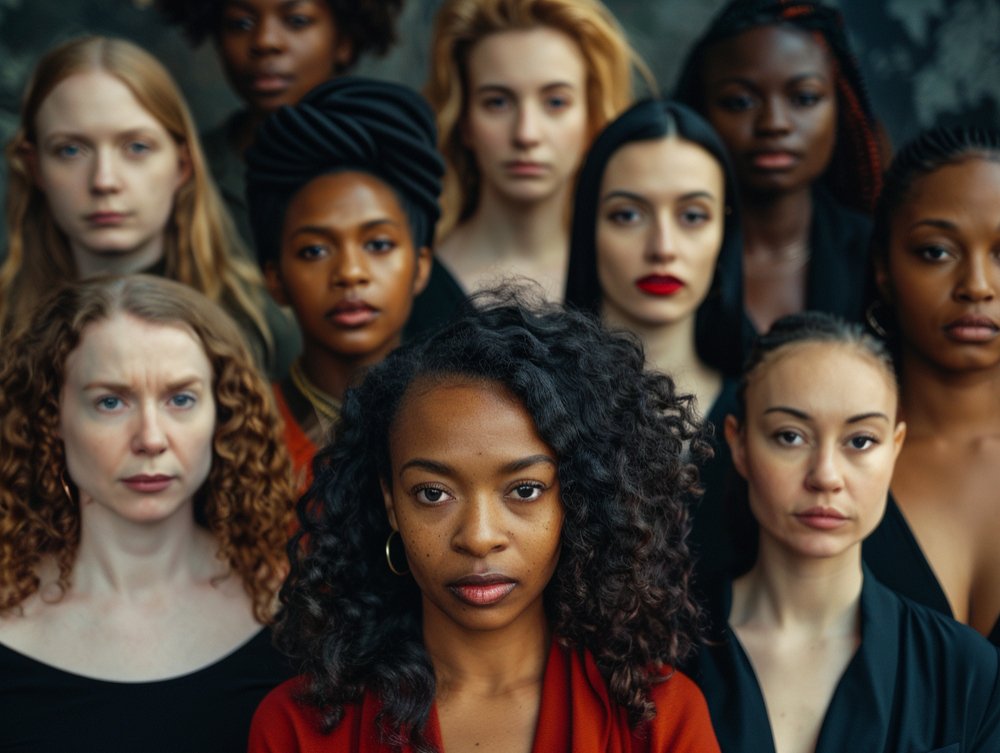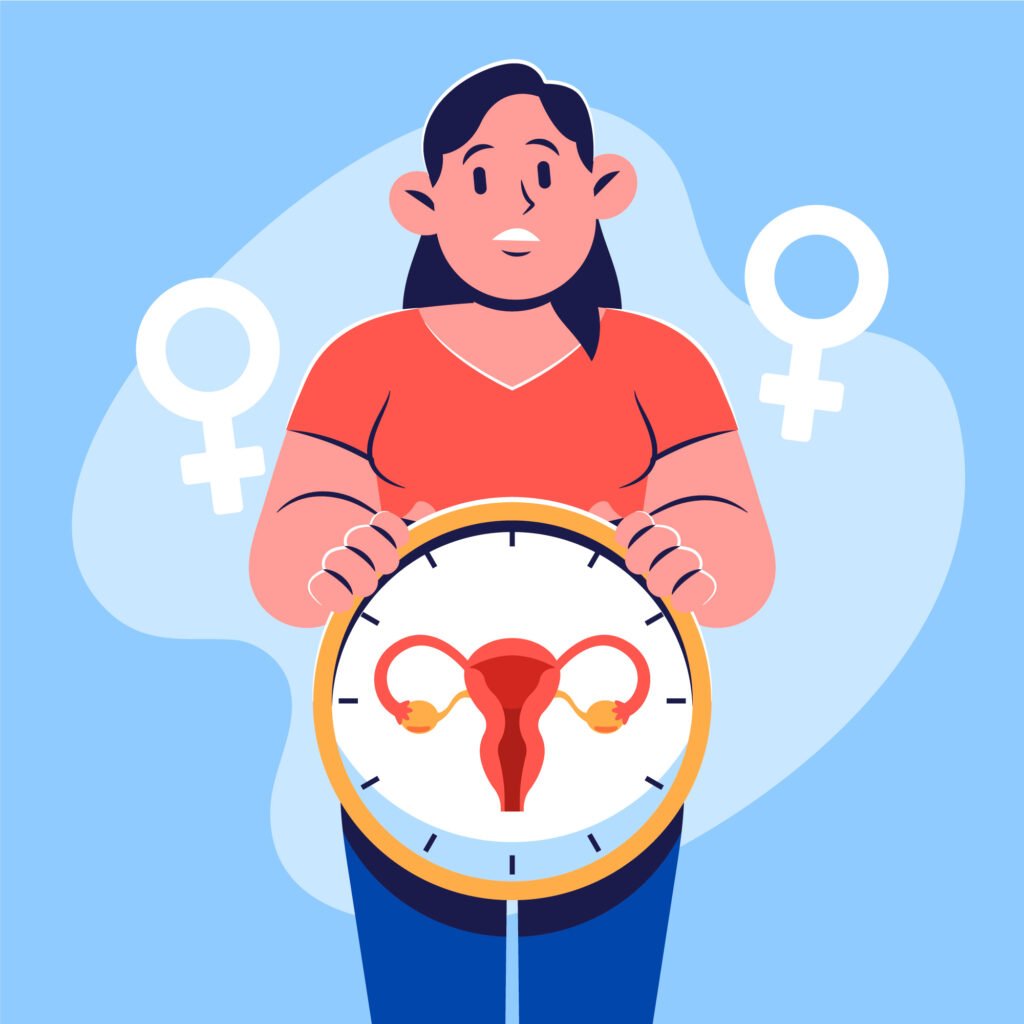Understanding and Overcoming the Tendency to Take Things Personally
Paz Etcheverry, MS, PhD
July 2024
Taking things personally is an irrational thought pattern that assumes people’s behaviors, words, and actions are targeted at you. It involves blaming yourself and believing that events around you are your fault or responsibility.
For example, imagine driving on a Tuesday morning and the driver behind you unexpectedly honks. Your mind might jump to, “She thinks I’m a horrible driver,” followed by, “But I am a good driver. She’s just a jerk!” In reality, her honking might have nothing to do with your driving skills. She might have accidentally honked after spilling her hot coffee, or could be in a hurry to reach the emergency room because of a distressed toddler with a broken arm in the back seat.

At the supermarket checkout, you hear the cashier grunt audibly as you approach with a cart full of food and water bottles. Your brain might think, “I’m bothering him with all these items. He thinks I’m annoying.” In truth, the cashier might be suffering from back pain, struggling with personal issues, or having a tough day at work.
People have many reasons for their actions, and often, these reasons are unrelated to you.
Taking things personally is a cognitive distortion. Cognitive distortions are negatively biased errors in thinking that can lead to depression. They represent an inaccurate perception of the world, a distorted lens through which we view it.[3] Cognitive distortions were first introduced in 1979 by researchers Beck, Rush, Shaw, and Emery and later expanded by Burns in 1980.[2]
Taking things personally represents a poor understanding of boundaries. When it comes to interpersonal relationships, establishing and maintaining boundaries helps distinguish where the other person ends and you begin.[1]When personalizing behaviors or actions of others, you are showing that your boundaries are lacking or blurred because you assume that their behavior and actions are a projection of you, as opposed to their own struggles, limitations, and character. It is essential to separate people’s issues from your own.
Taking things personally suggests that one does not understand the concept of the Circle of Control. First introduced by Stephen R. Covey in his book, “The 7 Habits of Highly Effective People”, the Circle of Control is a graphical representation of what we can and cannot control. Within your circle of things you can control, you have your actions, how you spend your spare time, your values and goals, your beliefs, how you treat others, and your thoughts. Outside your circle are things beyond your control, such as the past and the future, other people’s beliefs, the weather, others’ opinions, and reactions to your boundaries. Understanding this helps you let go of things outside your control and realize they are not your responsibility.
However, sometimes the actions and words of others are, in fact, about you. If you betrayed your best friend, and she refuses to talk to you, then you should definitely take things personally. You should ask for forgiveness and work on becoming a better person who is kind, compassionate, loyal, and humble. But what if the new co-worker is dismissive and cold towards you, even though you have done nothing to warrant such behavior? Even in this case, you should not internalize their actions, as their behaviors are not a reflection of your worth, but of their emotional unavailability, fears, and struggles.
To avoid taking things personally, consider challenging your negative thoughts with the following questions:
- When I conclude that the driver behind me thinks I’m a horrible driver or that the cashier finds me annoying, is there truth in my thoughts? Are they based on facts? Can I categorically prove my conclusions?
- Are there other possible explanations for people’s actions and behaviors?
- Are their actions or behaviors in direct response to something I said or did?
- Do I recognize that many things, like people’s behaviors, words, and actions, fall outside my control?
In “The Four Agreements” by Don Miguel Ruiz, the author reminds us…
“Whatever happens around you, don’t take it personally. Nothing other people do is because of you. It is because of themselves. All people live in their own dream, in their own mind; they are in a completely different world from the one we live in. When we take something personally, we make the assumption that they know what is in our world, and we try to impose our world on their world.
Even when a situation seems so personal, even if others insult you directly, it has nothing to do with you. What they say, what they do, and the opinions they give are according to the agreements they have in their own minds. Taking things personally makes you easy prey for these predators, the black magicians. They can hook you easily with one little opinion and feed you whatever poison they want, and because you take it personally, you eat it up.”
In conclusion, taking things personally is a cognitive distortion that skews our perception of reality and often leads to unnecessary emotional distress. By understanding that others’ actions and reactions are often driven by their own circumstances and challenges, we can learn to separate our self-worth from external factors beyond our control. Embracing the concept of boundaries and the Circle of Control allows us to focus on what we can change—our thoughts, actions, and responses—while letting go of what we cannot. By not taking things personally, you foster healthier relationships and good mental health, you become less reactive and more resilient, and you begin to feel a sense of inner peace.
References
[1] Peterson, E., & Solomon, D. (1998). Maintaining healthy boundaries in professional relationships: a balancing act. Home Care Provider, 3(6), 314–318.
[2] Rnic, K., Dozois, D. J., & Martin, R. A. (2016). Cognitive distortions, humor styles, and depression. Europe’s Journal of Psychology, 12(3), 348–362. https://doi.org/10.5964/ejop.v12i3.1118
[3] Wang, B., Zhao, Y., Lu, X., & Qin, B. (2023). Cognitive distortion based explainable depression detection and analysis technologies for the adolescent internet users on social media. Frontiers in Public Health, 10, 1045777. https://doi.org/10.3389/fpubh.2022.1045777









